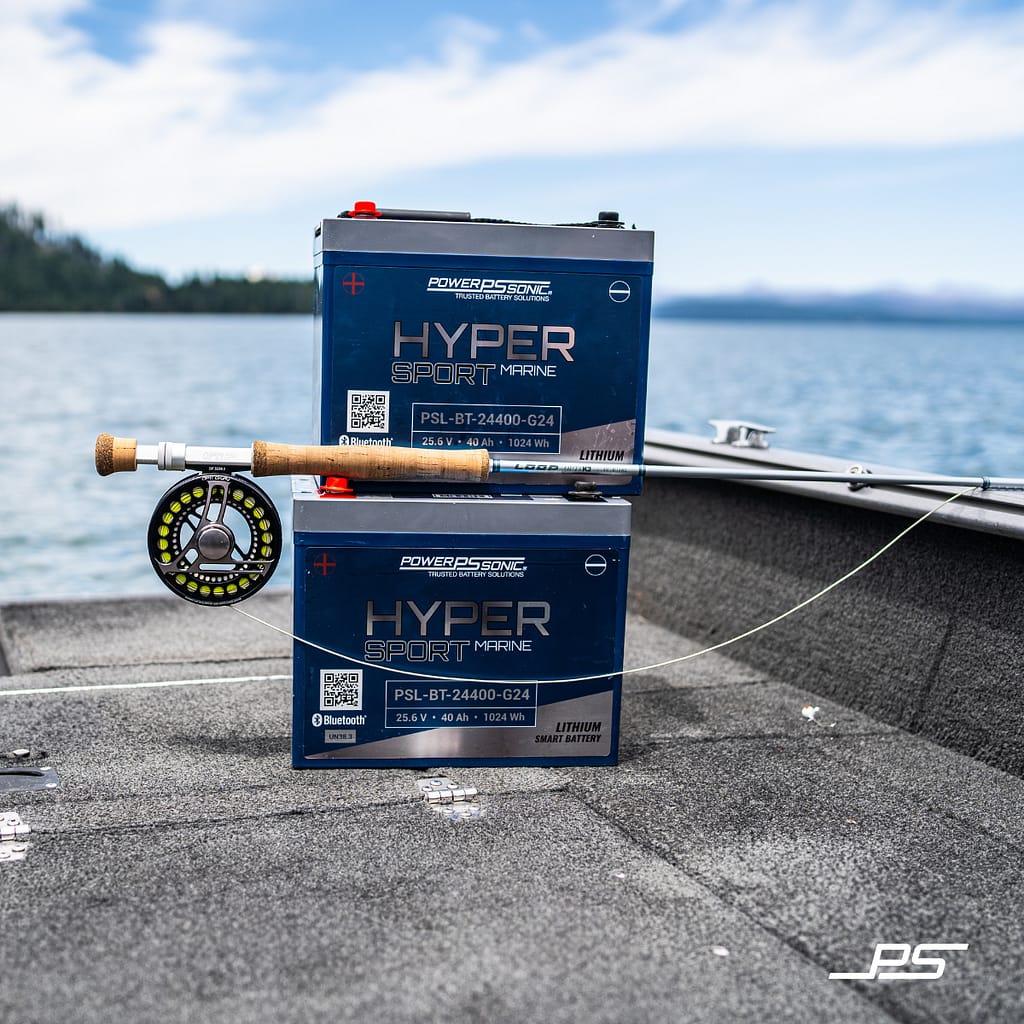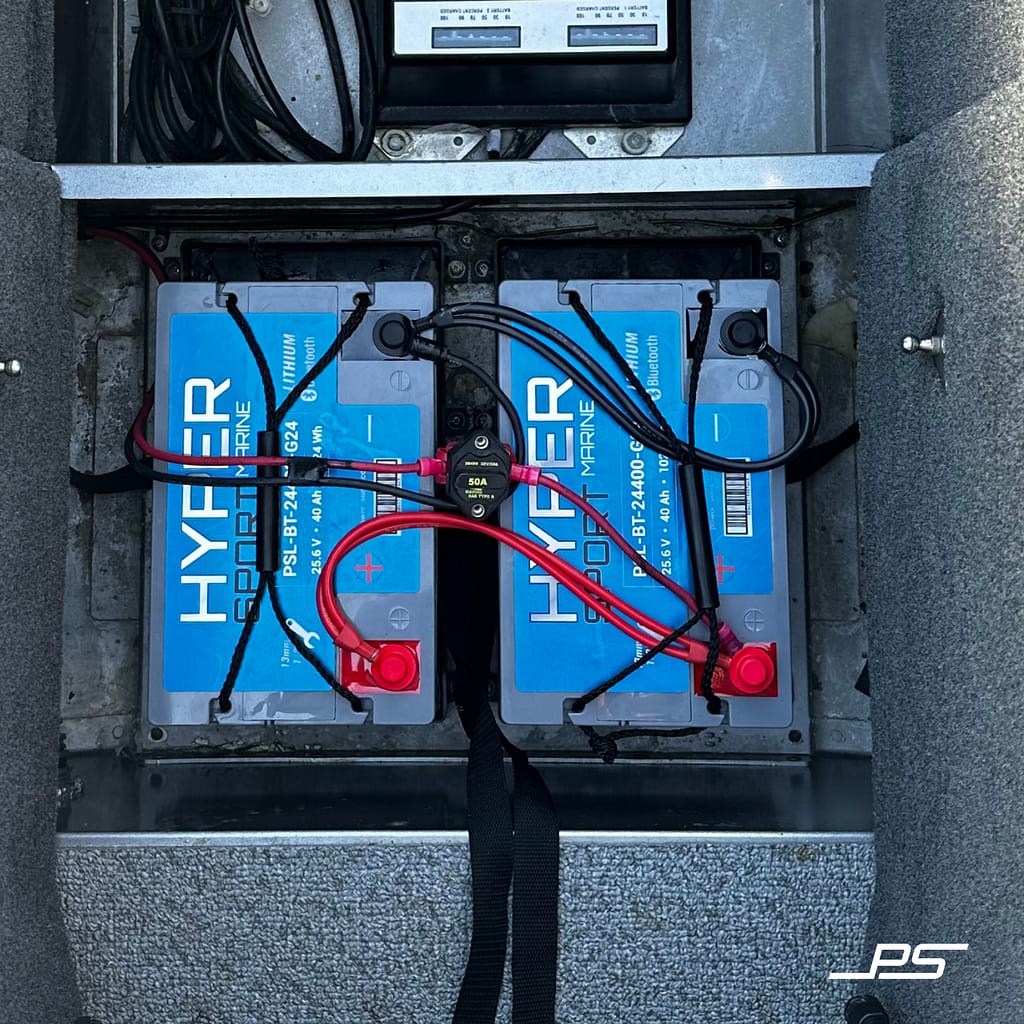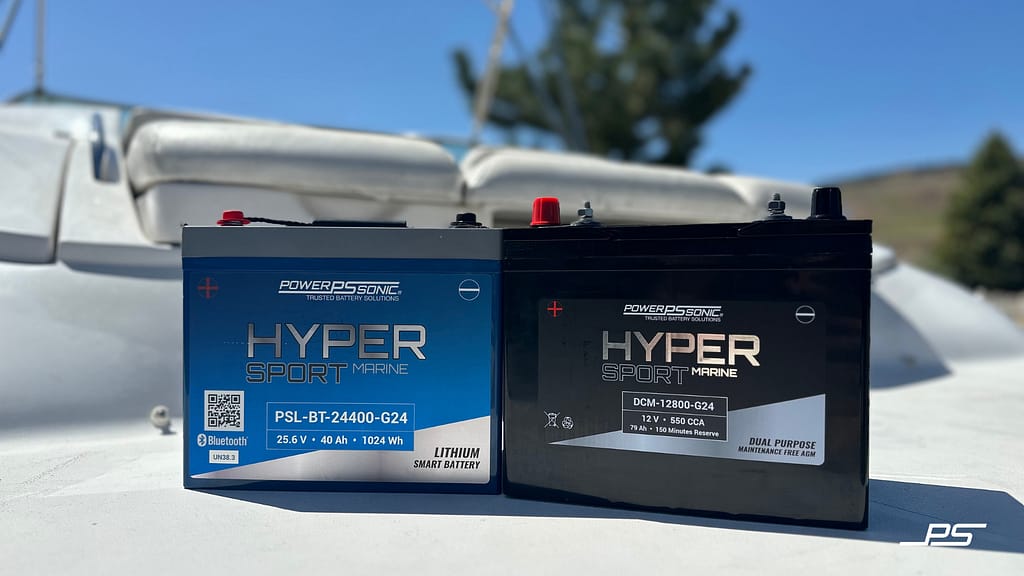This post was originally published on Power Sonic
When choosing between battery options, a common question arises: “Are lithium batteries worth the higher cost?” At first glance, lithium batteries may appear more expensive than lead acid batteries, especially when comparing batteries with similar capacity ratings. However, when you consider the total cost of ownership and performance advantages, lithium batteries can prove to be a more cost-effective option in the long run. In this blog, we’ll explore why lithium batteries, despite their higher upfront cost, offer superior value and efficiency.
UNDERSTANDING THE COST DIFFERENCES BETWEEN LITHIUM AND LEAD ACID BATTERIES
The initial price difference between lead acid and lithium batteries can be misleading when evaluating the true value and long-term benefits of each battery type.
Key Factors Influencing the True Cost of Ownership
Lithium batteries offer several benefits that can lead to significant savings over their lifespan:
- Extended Lifespan: Lithium batteries typically last 10 years or more, compared to lead acid batteries’ 3-5 year lifespan. This longer lifespan reduces the frequency of replacements and maintenance, resulting in substantial cost savings over time.
- Extended cycle life: Lithium batteries typically cycle 4000 times or more, compared to lead acid batteries’ 200-400 cycle life – a 10x improvement! When cycling the battery once every day, that is almost 11 years of service vs. just more than one year of useful cycle life.
- Greater Depth of Discharge (DoD): Lithium batteries can be discharged to a much lower level without harming their lifespan. In contrast, lead acid batteries should not be discharged below 50% full to avoid damage. 30% DoD is an ideal cycle for ensuring a lead acid’s long life whereas lithium can be discharged 100%. This allows lithium batteries to provide more usable energy, potentially reducing the need for a larger battery bank.
- Higher Efficiency: Lithium batteries are highly efficient in charging and discharging, with minimal energy wasted as heat. Internal resistance, the natural opposition to electrical current within a battery, causes energy loss as heat. Lithium batteries have lower internal resistance than other types, like lead acid batteries, reducing this energy loss. This also allows for faster charging, resulting in better performance, lower energy costs, and less downtime spent charging.
- Reduced Maintenance: Lithium batteries require minimal maintenance compared to lead acid batteries. They do not require regular electrolyte checks and are less prone to issues like sulfation, which can degrade lead acid batteries.
- Space and Weight Savings: Lithium batteries are lighter and more compact than lead acid batteries, making them ideal for space-constrained applications such as RVs, boats, and electric vehicles.

Lower Capacity Lithium Batteries: Real Cost Benefits
This is where the real cost benefits become evident. Because lithium batteries can be discharged more deeply and operate more efficiently, you don’t need as large of a battery to achieve the same usable capacity as a lead acid battery. This means you can often opt for a lower capacity lithium battery, resulting in a lower initial investment while still benefiting from superior performance and a longer lifespan.
For example, if you would like a 100Ah system you must buy three 100Ah SLA batteries to ensure you only discharge them about 30% to guarantee a long life. A 100Ah lithium system would require only one 100Ah lithium battery because you can use 100% of the available capacity.
The Financial Impact of Frequent Replacements
Another crucial factor in the cost comparison is the frequency of replacements. Lead acid batteries typically need to be replaced every 3-5 years. Over a 10-year period, this could mean purchasing and installing two to three sets of lead acid batteries, incurring additional costs for the batteries, labor, and disposal fees.
In contrast, a lithium battery with a 10-year (or longer) lifespan requires only one purchase within the same period. This reduces replacement frequency and associated costs, making the overall cost of ownership for lithium batteries lower despite their higher initial price.
Practical Example: Cost Comparison
Consider an RV owner needing a 200Ah battery bank. A lead acid battery bank of this size might cost $800 and require replacement every 3-4 years. Over a 10-year period, the total cost for lead acid batteries could reach $2,400 due to the need for frequent replacements.
On the other hand, a single 100Ah lithium battery, priced at well less than $1,000, provides the same usable capacity due to its deeper discharge and efficiency and lasts the full 10 years. The longer lifespan and lower maintenance requirements of lithium batteries offset the higher upfront cost, making them a more economical choice.

Is Investing in Lithium Batteries Worth It?
While lithium batteries may have a higher initial cost compared to lead acid batteries, their extended lifespan, greater efficiency, and reduced maintenance can lead to significant savings over time. The ability to use a lower capacity lithium battery to achieve the same performance further enhances their cost-effectiveness.
Ultimately, the choice between lithium and lead acid batteries should be based on your specific needs and usage patterns. However, with their numerous benefits and potential for lower overall costs, lithium batteries often prove to be a worthwhile investment.
For more insights, visit our blog “The Complete Guide to Lithium vs. Lead Acid Batteries.”






0 Comments